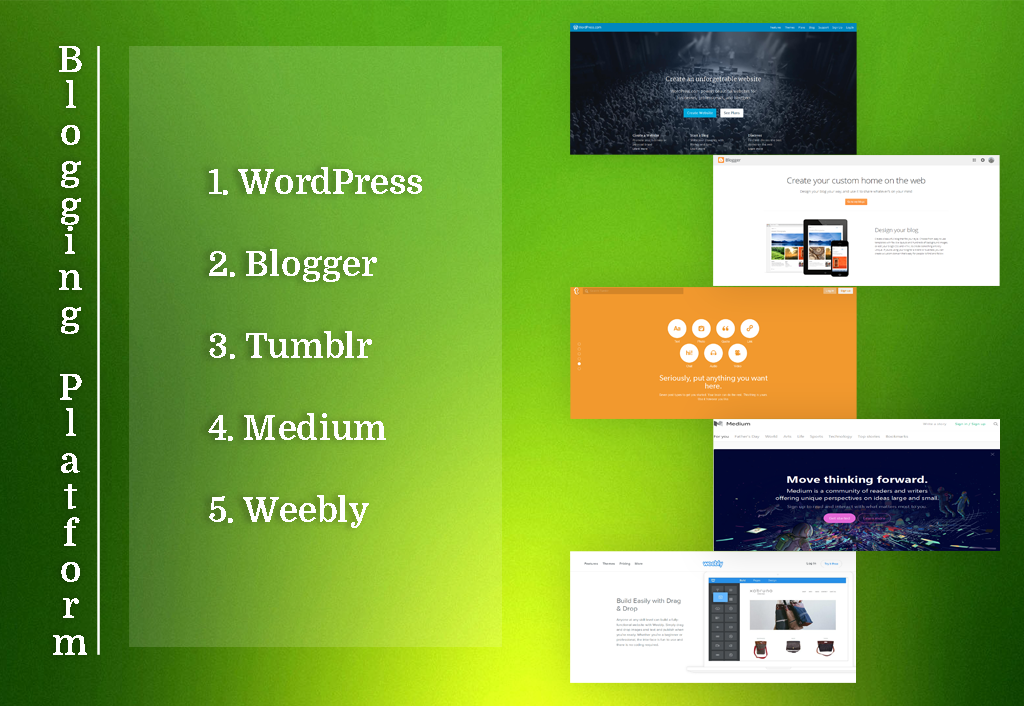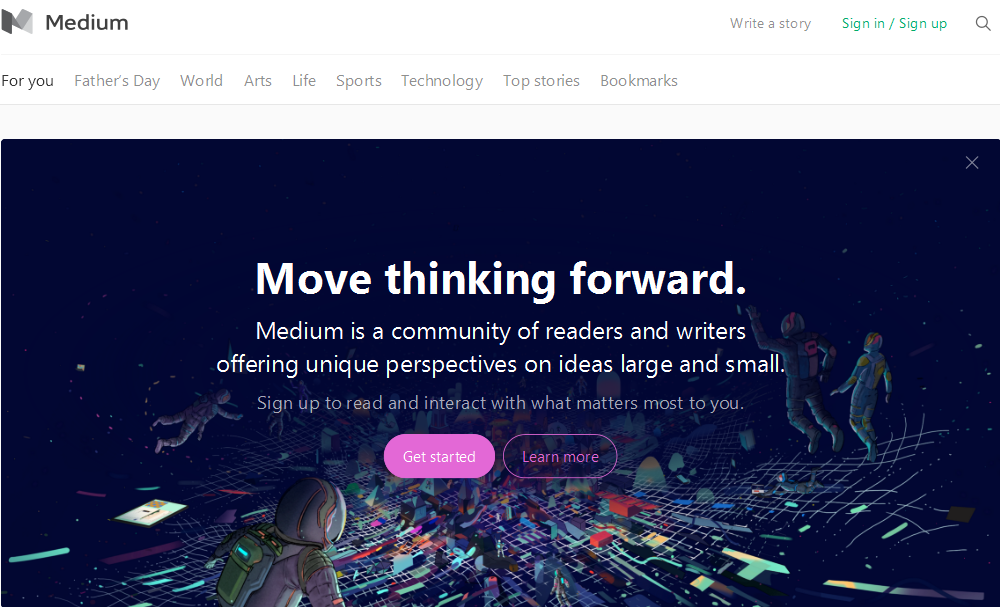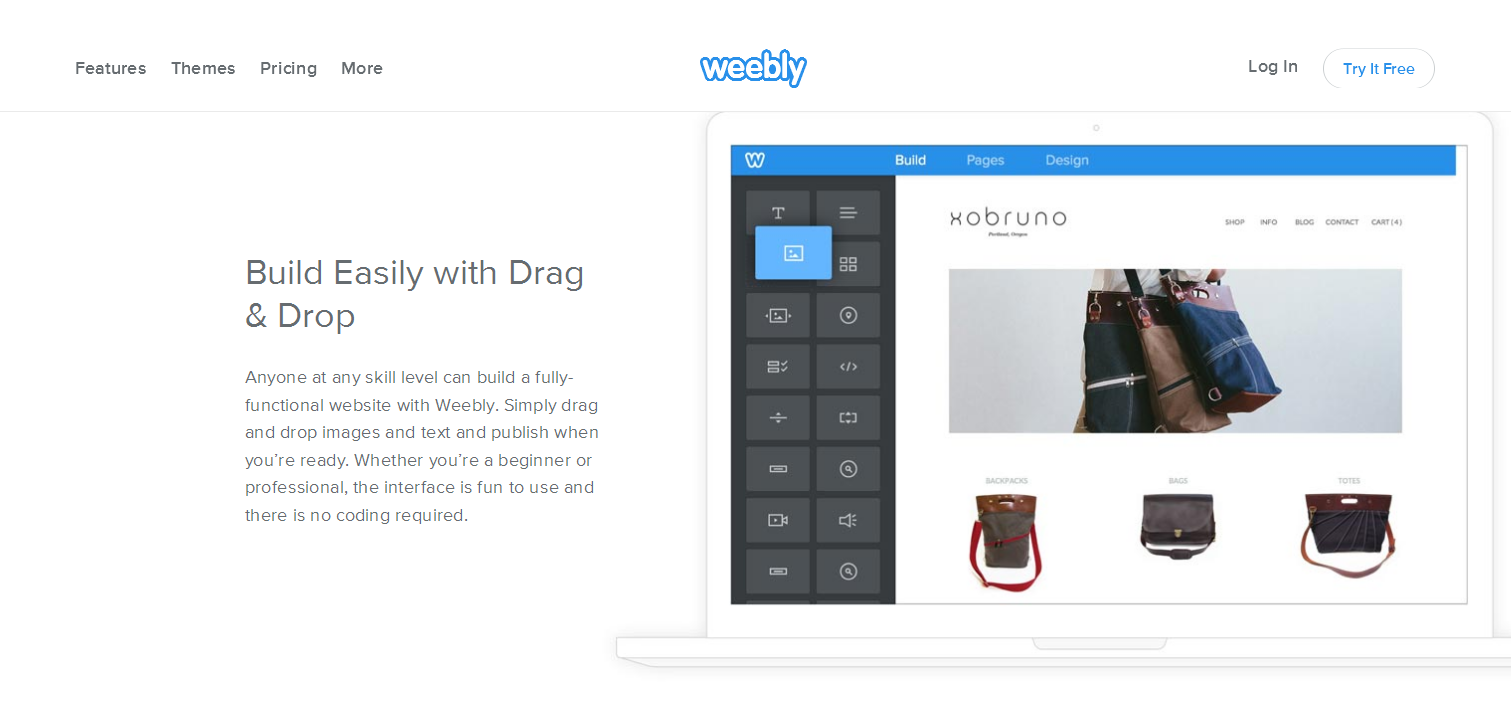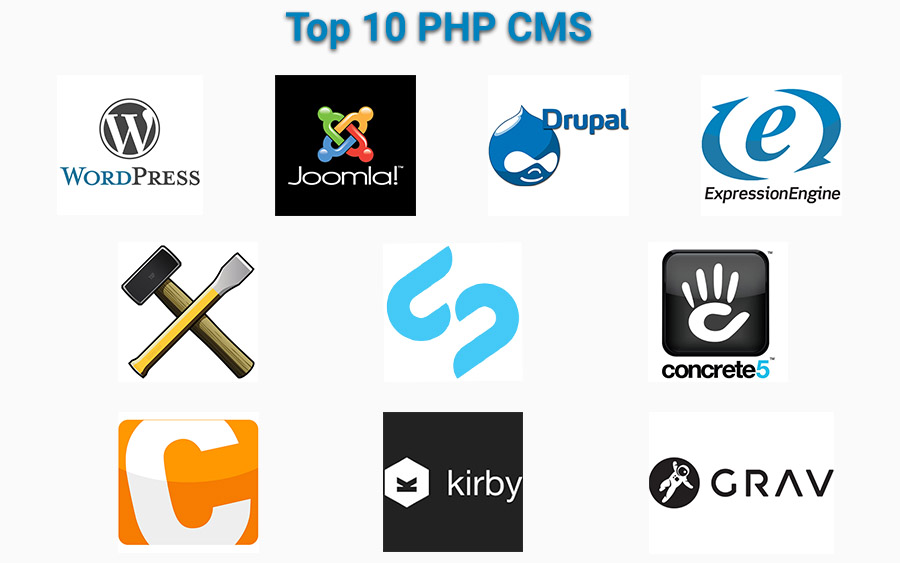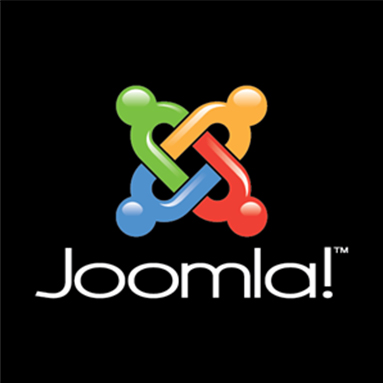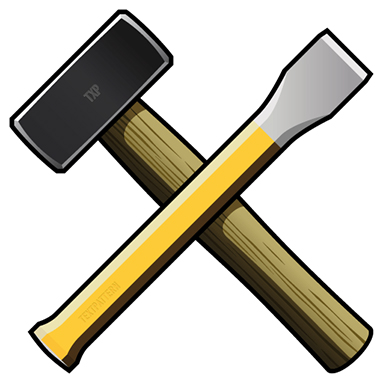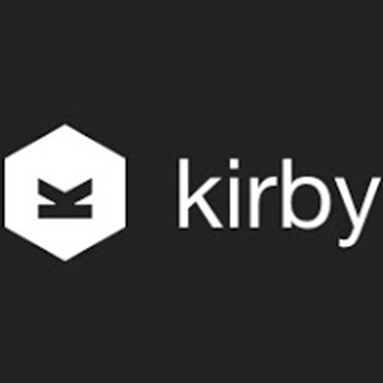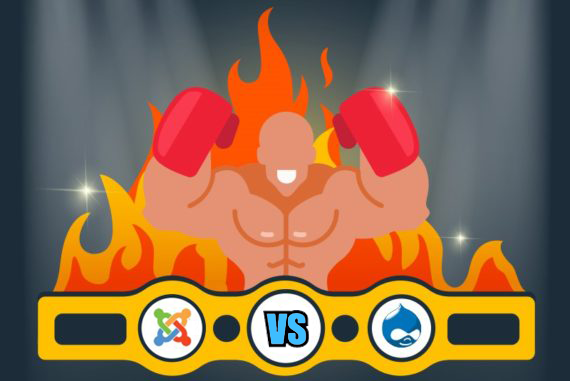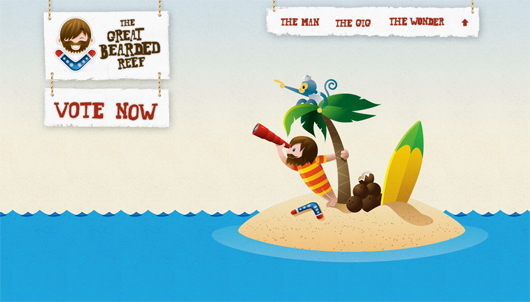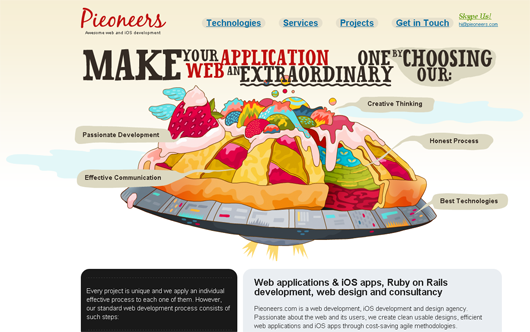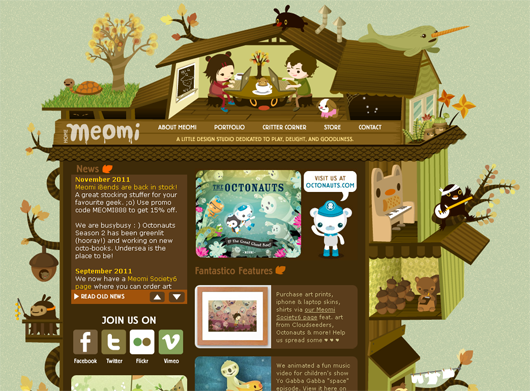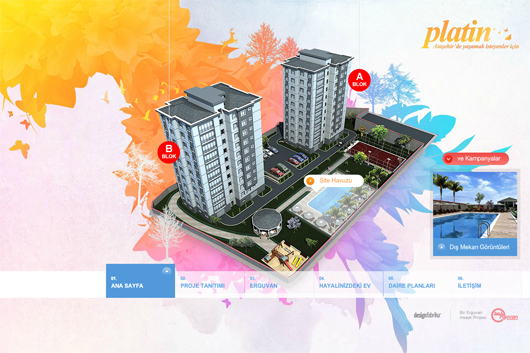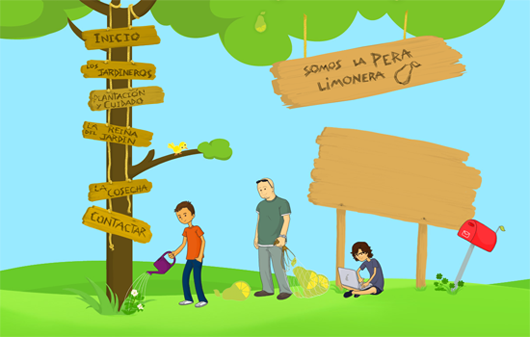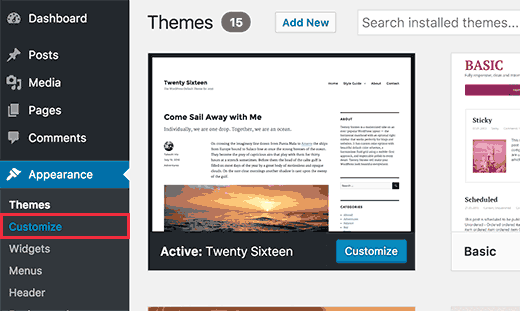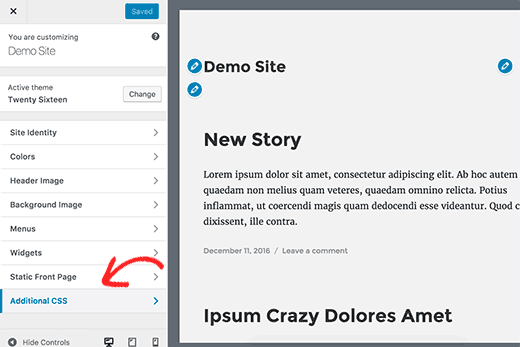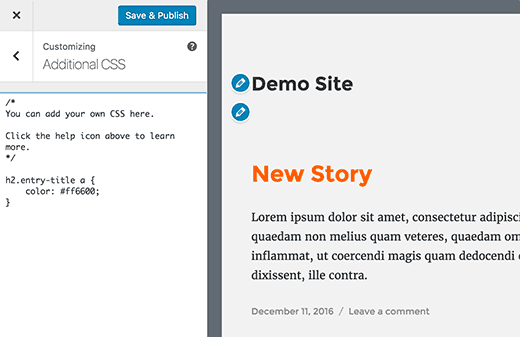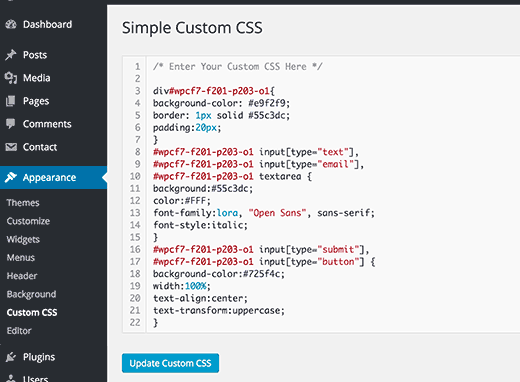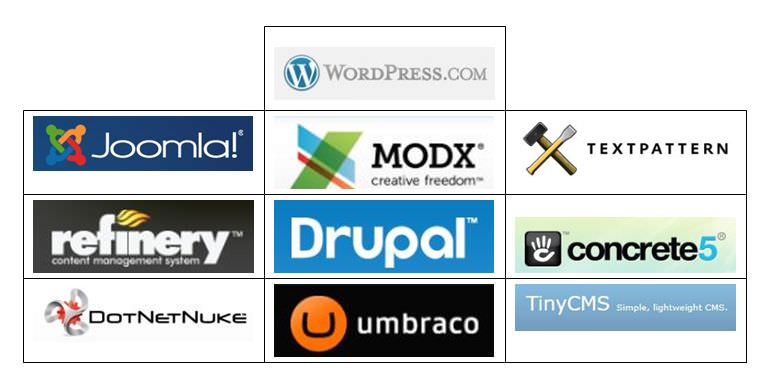Having a blog is a powerful way to share your thoughts, ideas, and expertise with the world. Whether you’re starting a free blog for the first time or looking to switch to a better platform, there are plenty of great options available.
While social media dominates online conversations, blogging remains a valuable way to create content in your own space—free from distractions, endless ads, and algorithm changes. The best part? You don’t need to spend a dime to get started! There are several free blogging platforms that offer everything you need to launch and grow your blog effortlessly.
we have 5 of the best blogging platforms for newcomers who want to get a free blog up and running.
1. WordPress
WordPress is easy to see on its site wordpress.com, where you can create a new blog entirely , with a reasonable amount of customization. more info on what’s possible there can be you found at WordPress.org. it’s the best free option for anyone wanting a great mix of power, customization, and usability.
Pros: Most mature blog platform, stable and highly customizable .
Cons: Can be complex to configure beyond the basic setup, self-hosting has a high learning curve.
2. Blogger
Blogger can help create a sense of community. A blog is a living archive of personal sources of inspiration. “It’s a place to gather the things that inspire you,” says Henderson, pointing out that, unlike printed photos, blog posts don’t clutter up your desk. And, you can quickly find past posts via Google.
To create your free BlogSpot blog site, head over to BlogSpot.com and log in using your Google account. If you don’t have a Google (Gmail) account, create one for free.
Pros:
Starting a blog is easy. The steps to beginning a blog are dead simple. You can choose a template from websites like Blogger, WordPress, or Tumblr. Adding posts is almost as easy as sending e-mail.
Cons:
the more difficult part is being disciplined enough to stay on it.
Unexpected technical issues can require extra time.
3. Tumblr
Tumblr allows users to post multimedia and other content to a short-form blog. Users can follow other users’ blogs, as well as make their blogs private. Much of the website’s features are accessed from the “dashboard” interface, where the option to post content and posts of followed blogs appear. for more Login you can log in to its website tumblr.com
Pros:
hose 188 million blogs make Tumblr the biggest blog hosting system worldwide, surpassing WordPress’s 60 million.
Cons:
Very Young Community: There are many teens on Tumblr that makes the social network reminiscent of Myspace. I assume that Tumblr’s easy customization and no boundaries approach attracts teens to use it as their personal website.
4. Medium
The medium has one of the most well-designed post editors out there, making it easy to quickly style text, quotes, images and other media in an attractive way. There are no options to customize themes or look and feel of your ‘blog’ but different image layouts, quotes, and text uses can make a big difference.
Medium is a great place to get started because it’s currently very popular. If you write something that gets enough recommendations, it can end up on the homepage or in people’s email inboxes, which drives a significant amount of traffic.
Pros: Instant setup, fantastic editor, easy to use.
Cons: Limited customization, no custom domain support and no self-hosting option.
5. Weebly
On the wide spectrum of website building solutions, Weebly lives on the end that is all-inclusive and provides everything you need to get started and grow your website. It’s in contrast to solutions where you buy, install, and manage all the “pieces” of your website separately.
Using Weebly is sort of like leasing and customizing an apartment in a nice development instead buying and owning your own house. You’re still in control of decor, cleaning, and everything living-wise – but you leave the construction, plumbing, security, and infrastructure to the property owner. That point is key because there’s usually a direct tradeoff between convenience and control.
Pros:
Very User-Friendly, Drag & Drop Website Builder, Mobile Responsive Templates, Pre-Designed Page Layouts
Top 10 PHP CMS Of The Year
Content Management System or CMS has always been popular among the developers and normal users. It breaks the boundation where knowledge of working code is must and gives normal users the freedom to create a masterpiece out of their imagination.
Creating a website through any CMS is a lot easier when compared to develop it from the scratch. And that is the reason why we have compiled this list of Top 10 PHP CMS of the year for all of you. We have ranked them depending upon their use and popularity among the users. Some time back we have updated a list of top 10 php cms, which ultimately landed in google knowledge box. Now, we have updated that list according to the latest stats and usage.
What Is Content Management System –
Content Management System is a platform that provide you to create or modify content on the Internet. It is also responsible for distribution of content on the Internet. Using CMS we can easily edit content and it is really simple to use and adjust. CMS functionality provide ease of use so that non-technical users can also use it. Content management systems are often used to run websites containing blogs, news, or shopping etc.
Popular Top 10 PHP CMS Of The Year –
- WordPress
- Joomla
- Drupal
- ExpressionEngine
- TextPattern
- Silverstripe
- Concrete5
- Contao
- Kirby
- Grav
Detailed Description Of Popular CMS –
1. WordPress
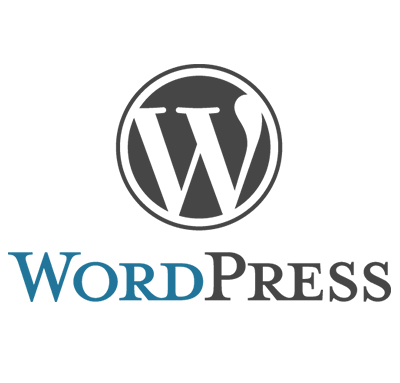
Current Version: WordPress 4.7.4
Download WordPress CMS: http://wordpress.org/download/
Demo Sites build using WordPress: http://wordpress.org/showcase/
Official Site: http://wordpress.org/
2. Joomla
Joomla is a very advanced CMS in terms of functionality. It is used for everything from normal website to complex business directories or reservation system. Joomla is recommended for building E-commerce and Social Networking Sites. It provide many variety of Themes and Plugin for end-users. Joomla site hosts more than 3000 extensions.
Current Version: Joomla 3.7.0
Joomla Demo: https://launch.joomla.org/
Download Joomla CMS: https://downloads.joomla.org/
Official Site: https://www.joomla.org/
3. Drupal
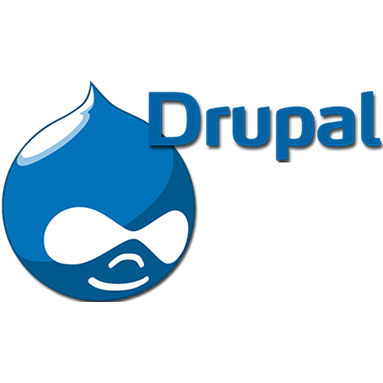
Current Version: Drupal 8.3.1
Drupal Demo: https://www.drupal.org/project/demo
Download Drupal CMS: https://new.drupal.org/download
Drupal Documentation: https://www.drupal.org/documentation
Official Site: https://new.drupal.org/home
4. ExpressionEngine
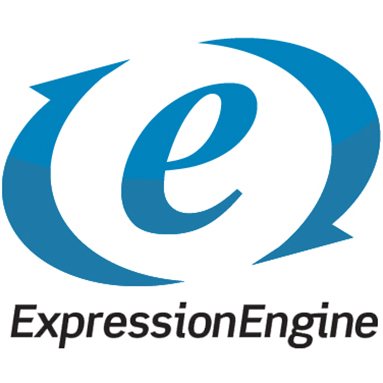
EE is a versatile and flexible CMS for any type of project. It provide a clean and intuitive user administration area. It only takes a few minutes to understand the layout of the backend and to start creating content. There is no restrictions on how a site can be designed. EE Cost is high, especially for commercial sites.
Current Version: ExpressionEngine 3.5.6
Download ExpressionEngine: https://expressionengine.com/store/
Official Site: https://expressionengine.com/
5. TextPattern
TextPattern is a highly flexible CMS and easy to customize by designers and developers. It uses a tagging system to make content retrieval and display easily manageable. Tadacip uses Textile to quickly convert text to valid XHTML in your content which makes it very user friendly for less technical users. It doesnt have a large amount of plugins and theme like in WordPress and Drupal.
Current Version : TextPattern 4.6.2
Download TextPattern CMS: http://textpattern.com/latest.zip
TextPattern Documentation: https://textpattern.com/documentation/
Official Site: http://textpattern.com/
6. Silverstripe

Current Version: Silverstripe 3.5.3
SilverStripe Demo: http://demo.silverstripe.com/
Download SilverStripe CMS: http://www.silverstripe.org/stable-download/
SilverStripe Support Forum: http://www.silverstripe.org/forums/
Official Site: http://www.silverstripe.org/
7. Concrete5
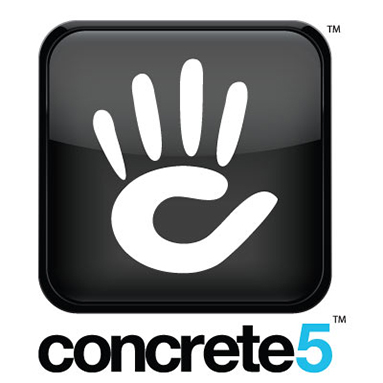
Some of the Websites you can create –
- Corporate Websites
- Online Shops
- Personal Websites
- Community Portals
- Blogs, Magazines and Newsletters etc
Current Version: Concrete5 8.1.0
Try Demo: http://www.concrete5.org/trial
Download Concrete5 CMS: http://www.concrete5.org/developers/downloads/
Concreate5 Documentation: http://www.concrete5.org/documentation/
Concreate5 Support Forum: www.concrete5.org/community/forums/
Official Site: http://www.concrete5.org/
8. Contao
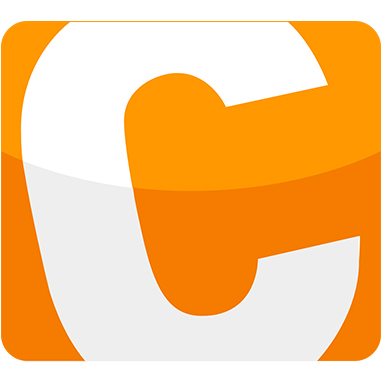
Current Version: Contao 3.5.27
Try Demo: https://demo.contao.org/en/
Download Contao: https://contao.org/en/download.html
Contao Documentation: https://docs.contao.org/en/
Contao Support Forum: https://contao.org/en/support.html
Official Site: https://contao.org
9. Kirby
Kirby provide a new way to managing a website. No more database and comment moderation only focuses on content. It also contain user and role management system by which you can join multiple users and assign roles to them.
Current Version: Kirby 2.4.1
Try Demo: https://getkirby.com/try
Kirby Documentation: https://getkirby.com/docs
Official Site: getkirby.com
10. Grav

Current Version: Grav 1.2.4
Download Grav: https://getgrav.com/downloads
Grav Documentation: https://learn.getgrav.org/
Grav Support Forum: https://getgrav.org/forum
Official Site: getgrav.org
We hope that you have liked the list and maybe it will help you in deciding your choice out of the list. Make sure to check your goals before choosing any one of them since each of them has specific set of roles and is designed to serve these roles specifically.
Joomla vs Drupal- An Intuitive Report
Content Management Systems (CMS) are being liked by many because of the simple use and drag and drop options it provides. The best websites today are powered by easy to use CMS that allow you to make changes to a website without needing to touch a single line of code. And that’s the reason why many CMS came into the market with some great building options but only a few of them survived. In this blog post, we are going to take down some factors that differentiate two of the major CMS in the market Joomla vs Drupal.
If you want to get a new, powerful website online, but can’t wait around or shell out the big bucks ($3k+) required for a custom site, look no further than these three options.
Joomla and Drupal both offer great features, tons of customization, ease-of-use, and strong security.
And yes, they both are free.
Choosing the right one can be difficult because they both are good options.
But chances are, one of these two will fit your requirements the best (whether it’s making a simple business website or running a social networking site with several functions).
Let’s see how they compare to find the perfect choice for you.
Quick Seek:
- Joomla – Great for e-commerce or social networking websites, but requires a basic understanding of technical skills.
- Drupal – The most difficult, but also the most powerful. It requires a familiar understanding of HTML, CSS and PHP.
Joomla vs Drupal Comparison Chart
Choose which one suits your needs better, Let’s move to our in-depth review.
Drupal (More Robust & Complex)
Drupal is the third most popular content management system available today, used by sites both large and small.
It’s among the most powerful open sourced options available, which means it’s learning curve is also a bit steeper.
Here’s where Drupal excels:
- Technically Advanced – Drupal is the most technically advanced of these three content management systems. Good for technical people who like to get their hands dirty.
- Improved Performance – Drupal pages typically load more quickly, and have faster response times than those made with WordPress or Joomla. Part of the reason is because it’s less resource-intensive, requiring a less expensive server or hosting setup. (However like with all CMS, adding too many third party plugins can bog down performance.)
- Customizable – Drupal is easy to customize with many widely available plug-ins, themes and other configurable options to choose from. You can also edit the root files directly, perfect for those developers who need to make more significant changes.
- Free – You can download the Drupal software for free, and install it on your own hosting server. If you don’t which host to use, use this best web hosting chart.
Drupal is the most powerful content management system out of the box. But with that power comes some additional difficulties for the website owner.
Anyone considering Drupal should have at least a basic knowledge of HTML, PHP and other common web programming languages. You don’t need to be an expert necessarily, but being able to troubleshoot error messages and identify code problems will be a HUGE benefit.
If your website begins to gain traction, evolving beyond a simple business site or site, you’ll need to have (or hire) technical expertise to make sure it continues to run smoothly.
Which can be a bit of a problem, because it’s typically a little harder (and more expensive) to find someone with advanced knowledge of Drupal’s steep learning curve. Whereas it should be much easier and less expensive to find someone relatively tech-savvy to help you make basic WordPress updates.
Also, unlike WordPress.com, there is no option to have a website hosted by Drupal themselves. That means purchasing your own domain and hosting is required before getting started with a new Drupal site.
Joomla (Somewhere Between WordPress & Drupal)
Joomla is the second most popular CMS. It’s like the compromise between WordPress and Drupal.
It’s powerful enough to run most websites without any problems, and it doesn’t require the same level of technical experience to run as Drupal either.
As the second most used CMS (behind WordPress), Joomla also has a lot of plug-ins and themes available to choose from (around 6000 or so) similar to both WordPress and Drupal. So customizing the look and feel of your site shouldn’t be a problem.
Here are a few more reasons Joomla might be ideal for you:
- Social Networking – Joomla makes creating social networks of all three options. Social networks can be a powerful asset for many sites, and with Joomla, you can have one up and running extremely quickly and easily.
- Commerce Sites – Joomla also makes setting up an online store quick and painless. You can setup eCommerce shops with both Drupal and WordPress, but it tends to require more effort and special customizations.
- Not too Technical – Joomla has found the middle ground between the ease of managing a WordPress website and the power of a Drupal site. The good news is that most non-tech savvy people should be able to run a great Joomla site without needing any technical support.
- Help Portal – Joomla offers a great help portal for asking questions and getting technical support. It’s not fast or extensive as WordPress’ community-based support pages but is definitely quicker (and cheaper) than Drupal’s technical support options.
- Free – Like both WordPress and Drupal, Joomla is another free option to use on your own web servers. However similar to Drupal, there is no option to have it hosted for free like WordPress offers.
Joomla users love that their websites can do or be almost anything, without sacrificing ease-of-use. Joomla has brilliantly combined the power and flexibility Drupal has to offer, while also retaining the intuitive, user-friendliness that WordPress excels at, making it a perfect middle ground in a crowded marketplace.
What’s Your Choice?
Everyone will say their content management system is the best. Both are excellent choices in most cases.
But your own unique scenario will require different capabilities, which probably makes ONE of these two CMS options the perfect fit.
If you have high hopes from day one that your site will grow significantly, requiring extensive features and unlimited customization’s, take the plunge with Drupal.
Undecided whether to go with making a simple blog site or an extended featureless more extensive website for, or need something unique like a social network or eCommerce site, Joomla might be the best bet.
Both the platforms are free.
Each offers a variety of helpful third-party tools to add unique features to your site.
And you’ll find readily available technical support with each one (although Drupal’s might be among the most expensive).
Wrapping Up:
Whether it is Joomla or Drupal, they both has a variety of features and being used by many according to their use. Now, it’s up to you whether you want some complex heavy set of a website or some not so complex simple and easily customizable website. Both has their cons and pros depending on what purpose they are being used for. Choose for yourself!
And to extend the knowledge bank, you can also read WordPress vs. Medium – Which Is The Better Choice and How To Improve SEO In 2017.
And of course, how can we forget WordPress in 2017 – Trends To Be Followed
Top 10 Most Illustrated Web Designs
There are millions of websites live on the internet, and you must be one proud web site owner. But due to the very similar look web sites having these days, the original look of any website is lost somewhere and there are very few things you can actually do to make them unique or let’s say make them stand out of the league. Adding illustrated web designs is definitely one on the list of those few things which can actually help you in giving your site that out of the league look.
Today, I’d like to share with you ten unique, fantastic websites that incorporate illustrated images into the design to make them most illustrated web designs. Some do this with simple PNG and JPEG files, while others use Flash in order to make the page interactive. I hope you enjoy the list.
Most Illustrated Web Designs
#1 Hugs For Monsters
Hugs For Monsters is the homepage of designer and illustrator Joe Lifrier. The top of each page has a unique colorful drawing that showcases his unique style of illustrations.
#2 The Great Bearded Reef
The Great Bearded Reef is a sharp design that was created for the self-proclaimed “bearded one” Josh Willis in order to apply for the position of “Island Caretaker” in Australia.
#3 Pieoneers
At the bottom of the Pieoneers design is an illustrated ice cream character smiling on the moon while sitting aboard a spaceship with a fruit-filled pie on top. I have no idea what the connection is between space and ice cream, but the design highly creative and definitely unique.
#4 Meomi
Arguably the cutest website on the web, Meomi has an interactive design that will make anyone smile. Whenever you scroll over the outside of the design (that is powered by Flash), something happens. For example, the little animal on the right side of the page will play his banjo, and the nearby piano will play piano music.
#5 Alex Buga
This is one of the most original personal websites I have ever seen. Every area of the website can be viewed by interacting with the objects on the home page. Alternatively, you can navigate the site by clicking on the AB logo at the top left corner of the design to make a traditional navigation menu appear. From the clock on the wall that tells the actual time to the music player that lets you play around with beats and sounds, Alex Buga’s website is a fun website to visit and a great example of what he can do.
#6 Platin
Platin features a colorful, interactive Flash-based illustration that was used to promote a new apartment block. The transitions from one section to another are beautiful.
#7 K4 Laboratory
The K4 Lab website has been featured on many design lists over the last few years (and rightly so). It remains as a great example of how Flash can complement a website design rather than hinder it.
#8 The Many Faces Of
A hilarious website that looks at the many faces of Lenonardo Dicaprio, the Goonies, John Cusack, and Alan Rickman. Each section contains a large illustration in the header, as well as illustrated images throughout the content area.
#9 Somos La Pera Limonera
A fantastic illustration of three designers sitting under a pear tree.
#10 Deborah Cavenaugh
Deborah Cavenaugh’s homepage looks more like a painting than a web design. The colorful aspects blend into the content area, most notably with the painted search button in the top right corner.
How To Customize WordPress Site By Adding Custom CSS
Many times we want things according to our way, especially when we are paying for the things. WordPress themes are one of them and it consists of a deep and dense jungle of thousands of line of code which makes one perfect theme. It’s pretty hard for a non-techy person to crawl into this web of code and customize it according to its own need. In this article, we will show you how to customize wordpress site by adding custom CSS without editing any theme files.
There are two ways to which we can add a custom CSS to our wordpress theme,
1st Method: Using Theme in-built Options
As soon as WordPress 4.7 (Vaughan) launched it brought along a lot of new changes and adding a custom css is one of them, users can now add custom CSS directly from WordPress admin area. This is extremely easy to do and as usual, users can now see the live preview as soon as they are making any changes to the website.
Head over to Themes »»» Customize page.
As soon as you’ll click on customize, WordPress theme customizer interface will be launched.
You will see your site’s live preview with a bunch of options on the left pane. Click on the Additional CSS tab at the last in the left pane.
Through this tab, you can add your custom CSS and as soon as you add a correct CSS rule, you will be able to see the changes on your website’s live preview box on the right.
You can add multiple custom CSS code, to make changes to your website. Add the code until the site becomes as you want it to be, but don’t forget to hit the ‘Save and Publish’ button once you are done with your changes.
Note: Any custom CSS that you add using theme customizer is only available with that particular theme. If you would like to use it with other themes, then you will need to copy and paste it to your new theme using the same method.
2nd Method: With The Help Of Plugin
As method name suggest, we will require a plugin to help us edit our websites CSS. It is majorly useful for users who using the previous version than WordPress 4.7.
The first thing you need to do is install and activate the Simple Custom CSS plugin. Upon activation, you need to go to Appearance »»» Custom CSS and paste or write down your CSS code.
Always remember to press the ‘Update Custom CSS’ button to save your CSS.
The custom CSS that you have implemented is now live, you can see it in action on the live version of your website.
Note: Another sure shot advantage of using this method is that your custom CSS will be available even when you change your theme.
Using a Custom CSS plugin vs Adding CSS in Theme
Both methods described above are recommended for beginners as advanced users have the privilege to add custom CSS directly to their themes as they have sound knowledge of the consequences they can bear if a single piece of code goes wrong.
However, adding custom CSS snippets into your parent theme is not recommended. Your CSS changes will be lost if you accidentally update the theme without saving your custom changes.
The best way to get rid of all problems at once is to implement changes on a child theme. However, many beginners don’t want to or don’t know how to create a child theme. Apart from adding custom CSS they really don’t know how they will be using that child theme.
Added advantage of using custom CSS plugins is that it allows you to store your CSS away from your main theme so that in the case of any updates, there will be no harm either to your CSS files or to your main theme. This way you can easily switch themes and your custom CSS will still be there.
Another great way to add custom CSS to your WordPress site is by using the CSS Hero plugin. This wonderful plugin allows you to edit almost everything in your WordPress site without writing a single line of code. Sounds interesting, isn’t it!
There is a video guide of this blog post, for people who find reading as their last hope, do check out this video.
We hope this article helped you to learn how to customize wordpress site by adding custom CSS. You may also want to see how our guide on how to setup Google AMP ( Accelerated Mobile Pages) on your website as the new google search update demands it or in that case learn about some SEO tips to follow for 2017.
If you liked this article, then please subscribe to our YouTube Channel for more amazing WordPress video tutorials. You can also find us on Twitter and Facebook.
Top 10 PHP CMS
Top 10 PHP CMS (Content Management System)
CMS Content management system is a computer program that allows publishing, editing and modifying content as well as maintenance from a central interface. Content management systems are often used to run websites containing blogs, news, and shopping. Many corporate and marketing websites use CMSs. CMSs typically aim to avoid the need for hand coding but may support it for specific elements or entire pages.
Top 10 PHP CMS List

